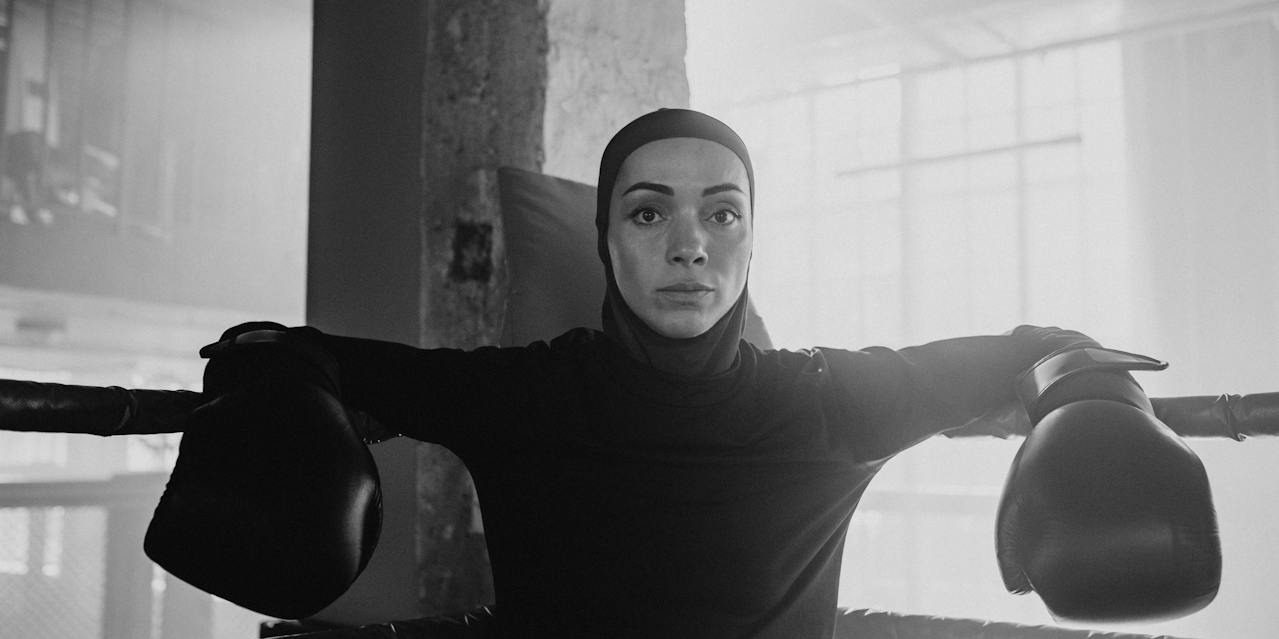SGIE Report 2023/24: Modest fashion stands tall amid mainstream brands
The global fashion industry saw a good recovery after uncertainty driven by the Covid-19 pandemic, as did the modest fashion space, with the revival of old brands, addition of many new ones and continued interest from mainstream retailers.
According to the State of the Global Islamic Economy (SGIE) Report 2023/24, Muslim spend on apparel and footwear in 2022 was valued at $318 billion, hiking by 8.4% over the previous year.
By 2027, Muslim spend on apparel and footwear is forecast to reach $428 billion, at a CAGR of 6.1%. Throughout 2022/23, established modest fashion brands continued to receive investment for further growth, while smaller-scale brands attracted attention at investor forums.
All in all, a total of six deals related to the apparel and modest fashion industry were recorded in 2022/23, four of which were disclosed and valued at $129 million.
“The modest clothing market continues to grow with many new brands and products constantly emerging to address the needs of the modest clothing consumer. Mainstream brands have continued to expand their offerings in modest clothing,” says Aaliya Mia, modest fashion sector lead analyst at DinarStandard.
“Indonesia has set their sight on becoming the global modest clothing capital and have already put in place multiple initiatives to achieve this. The growth prospective of the industry is good and investors have several areas with high return opportunities to capitalize on.”
In a widespread effort to promote inclusivity, mainstream clothing retailers launched modest clothing ranges and edits. Another trend saw modest fashion brands partner with mainstream retailers to increase the reach of their products, though some chose to expand by themselves within their regions.
Several brands rolled out innovations to cater to the diverse needs of the modest fashion consumer, such as modest surf wear, clothing made with fabric that can absorb vitamin D-rich light, and the first-ever water and windproof hijab and niqab.
In certain jurisdictions, such as the State of New York and the European Union, new rules were introduced to ensure corporate sustainability and ethical production brands. While legal rulings in some locations have precluded women from wearing hijab, social media users and celebrity influencers have been vocal about this discrimination and are helping to educate the public about Muslim women.
As modest fashion steps further into the spotlight and gains more recognition in fashion schools, fashion events, and mainstream retail stores, this dynamic segment of the fashion industry is bound to continue expanding.
Meanwhile, the SGIE Report has identified several notable signals of opportunity, that will foster the growth of this space. These include social commerce emerging as a popular way for consumers to make fashion purchases; clothing resale and rentals turning out to be the most effective ways of making the fashion industry more sustainable; and the rising demand for specialized modest sportswear for women, among others.
The State of the Global Islamic Economy Report, produced by DinarStandard, can be downloaded here
